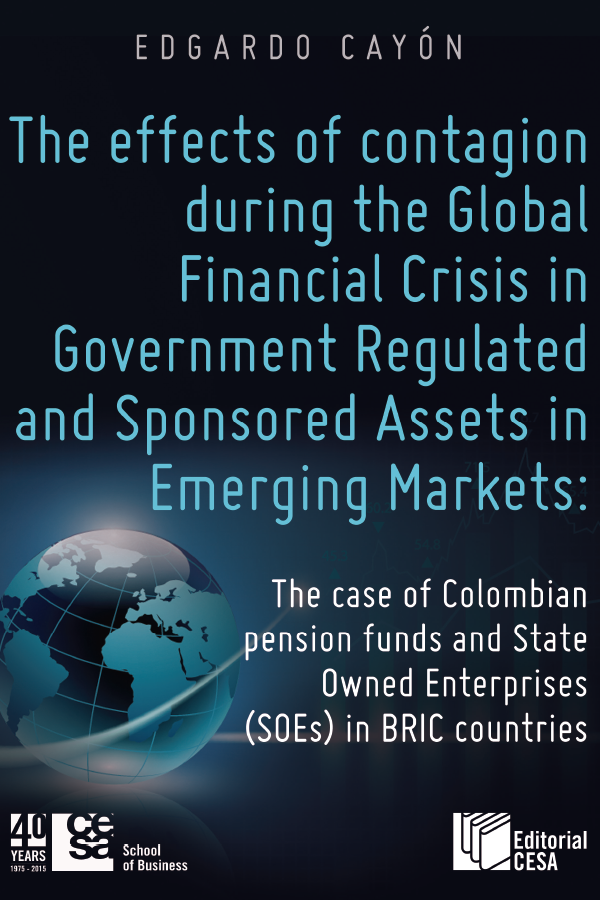The Effects of contagion during the global financial crisis in government regulated And sponsored assets in emerging markets : the case of Colombian pension funds and State Owned Enterprises (SOEs) in BRIC countries

Date
2015Author
Cayon-Fallon, Edgardo
Citación
Metadata
Show full item record
Documents PDF
Abstract
However, one key difference between this crisis and other crises in the past was the resilience (immunity) or the short term effect of the crisis on emerging markets. Dooley and Hutchison (2009) were the first ones to find evidence in support of the decoupling hypothesis of emerging markets during the early phases of the crisis. Since then the hypothesis have been tested by other researchers (for recent surveys see: Beirne and Gieck, 2014; Koksal and Orhan, 2013).
Collections
- Investigación [37]
